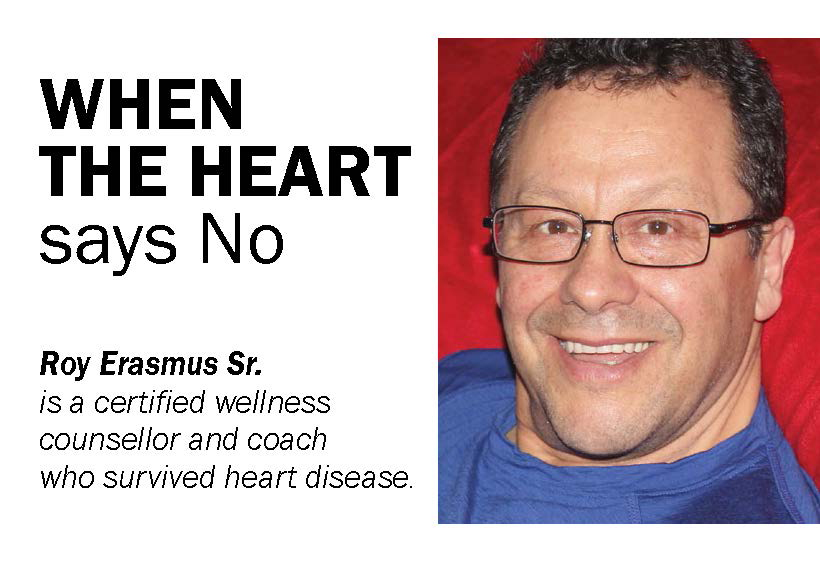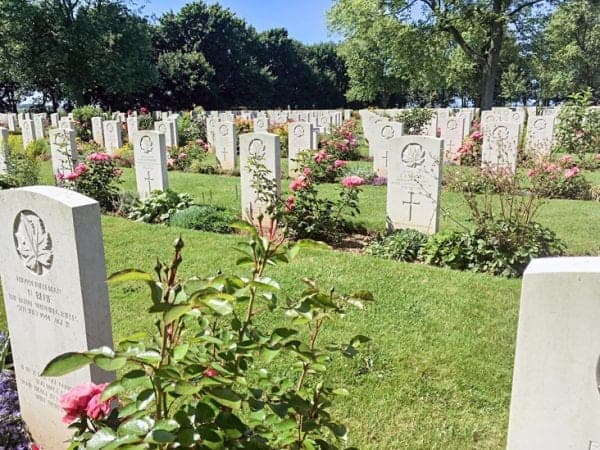Greetings from Europe. As I write this, I’m on a cruise ship looking out over the English Channel and am thankful that I’m able to look into and celebrate my European ancestors. After all, I celebrate my Indigenous heritage all of the time. Yet, we know little to celebrate about on my European side.
We do know a lot about my great grandfather Peter Erasmus Jr., who is quite famous for his exploits including being a guide and an interpreter for the Palliser Expedition and an interpreter for Treaty 6. There’s even a mountain near Banff, Alberta named after him: Mount Erasmus. Eschia!
 Yet, we know very little about his dad Peter Erasmus Sr. before “Sr” came to Canada, except that Peter Jr. said in his book “Buffalo Days and Nights” that his dad was from Denmark, he was wounded in the Battle of Waterloo, and that he received a pension from the British Army.
Yet, we know very little about his dad Peter Erasmus Sr. before “Sr” came to Canada, except that Peter Jr. said in his book “Buffalo Days and Nights” that his dad was from Denmark, he was wounded in the Battle of Waterloo, and that he received a pension from the British Army.
So, it was very meaningful for my brother Guy and me and of course our wives Eileen and Jean, when we visited the war memorial of the Battle of Waterloo on (Sunday) June 17 – particularly, since the battle was fought on a Sunday (June 18) in 1815.
This meant we were actually there almost exactly 203 years to the day that Peter Erasmus Sr. was wounded! Very cool indeed.

The Battle of Waterloo involved the Seventh Coalition fighting to stop Napoleon Bonaparte’s final attempt to conquer Europe. The coalition included Austria, Britain, Prussia and Russia.
Three armies were involved in the Battle: Napoleon’s army, a multinational allied army under the Duke of Wellington, and a Prussian army.
I guess my family may be lucky to even exist because Peter Erasmus Sr. volunteered to fight with a coalition that was mostly inexperienced. In fact, Wellington later said he had “an infamous army, very weak and ill-equipped, and a very inexperienced staff.”
Meanwhile, Napoleon’s men were mainly veterans with considerable experience and who were fiercely devoted to their Emperor.
Waterloo memorial
The Battle of Waterloo Memorial has a forty-meter high mound built to commemorate where the Prince of Orange of the Netherlands was wounded. So, is it safe to assume the mound also shows where Peter Erasmus Sr. was wounded? Well, yaaaaaa!
The Lion’s Mound has 226 steps, and both Jean and Eileen counted every one of them as we descended after climbing to the top to see the exceptional panoramic view of the battlefield. The mound is topped with a lion pointing in the direction of France. Very cool.
There is also a museum that is partially under the mound with a lot of cool information that you can hear about using a device that explains things to you in English.
Leading into the museum is a tunnel with figures that are exact imitations of various soldiers in the Allied and French armies. While I was looking at a French soldier, Eileen came up and said “Just think, one of these guys wounded your great, great grandfather.”
Guy points out that Peter Sr. might actually have been wounded by another of our ancestors, because our grandfather Robert Erasmus married my grandmother who was part French. LOL.
We also saw a multi-media show that retells the story of a battle within a battle. It includes a panoramic 3-D video that showed how terrifying it must have been with cannons exploding and French soldiers on horseback thundering at you and running you over.
The show used the action film shot during the reenactment of the 200th anniversary of the Battle. It involved thousands of actors.
Two days later Guy, Eileen, Jean and I visited the Beny Sur Mer Canadian War Cemetery in France, which has over 2,000 men buried there. A very emotional time.
Again, I was reminded how lucky we are that Peter Erasmus Sr. had survived the Battle of Waterloo. How so? Well, Peter was twenty years old during this battle, and we saw so many headstones of soldiers who were in their early twenties, with some as young as 18. Seeing all of this brought tears to our eyes.
The next night, we were crossing the English Channel and Jean and I were reminded of the many brave sailors that sailed their own boats from England to Dunkirk, France to help rescue thousands of British and French soldiers who were trapped on the beaches of Dunkirk.
We were in awe of their achievement as we looked at the big waves and we could see how treacherous these waters can be. Remember the English Channel is over 240 kilometres wide and 560 kilometres long, with winds whipping off of the Atlantic Ocean.
If nothing else, this trip has given me a totally new perspective of my great-great grandfather and of Remembrance Day.
I am honoured and humbled.